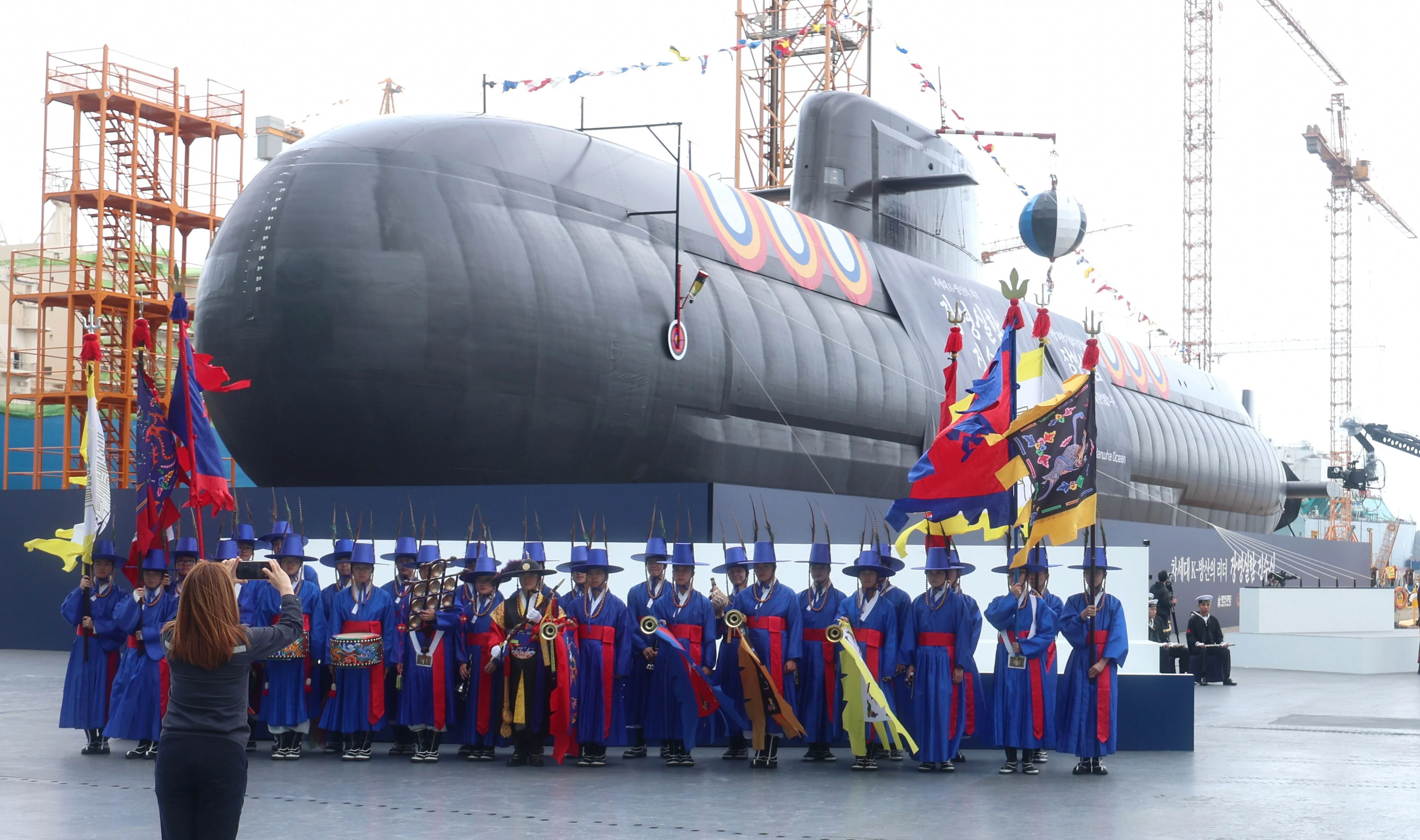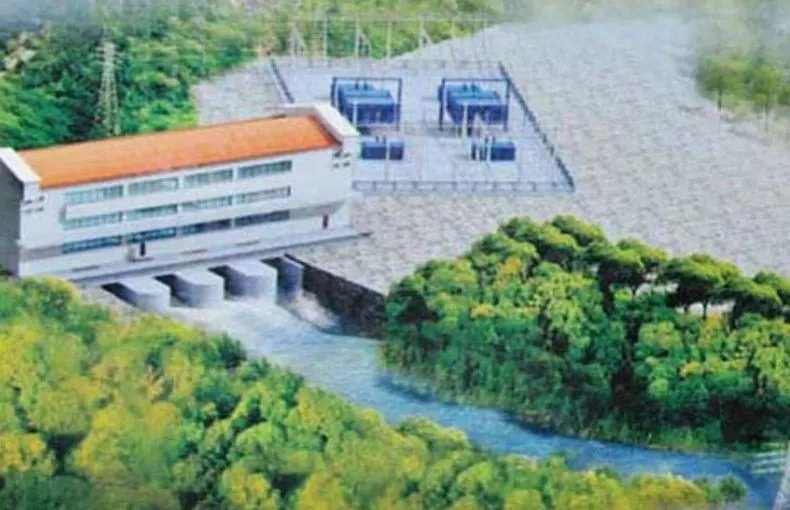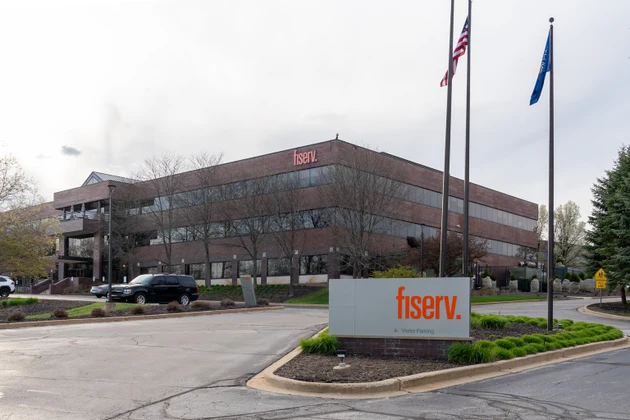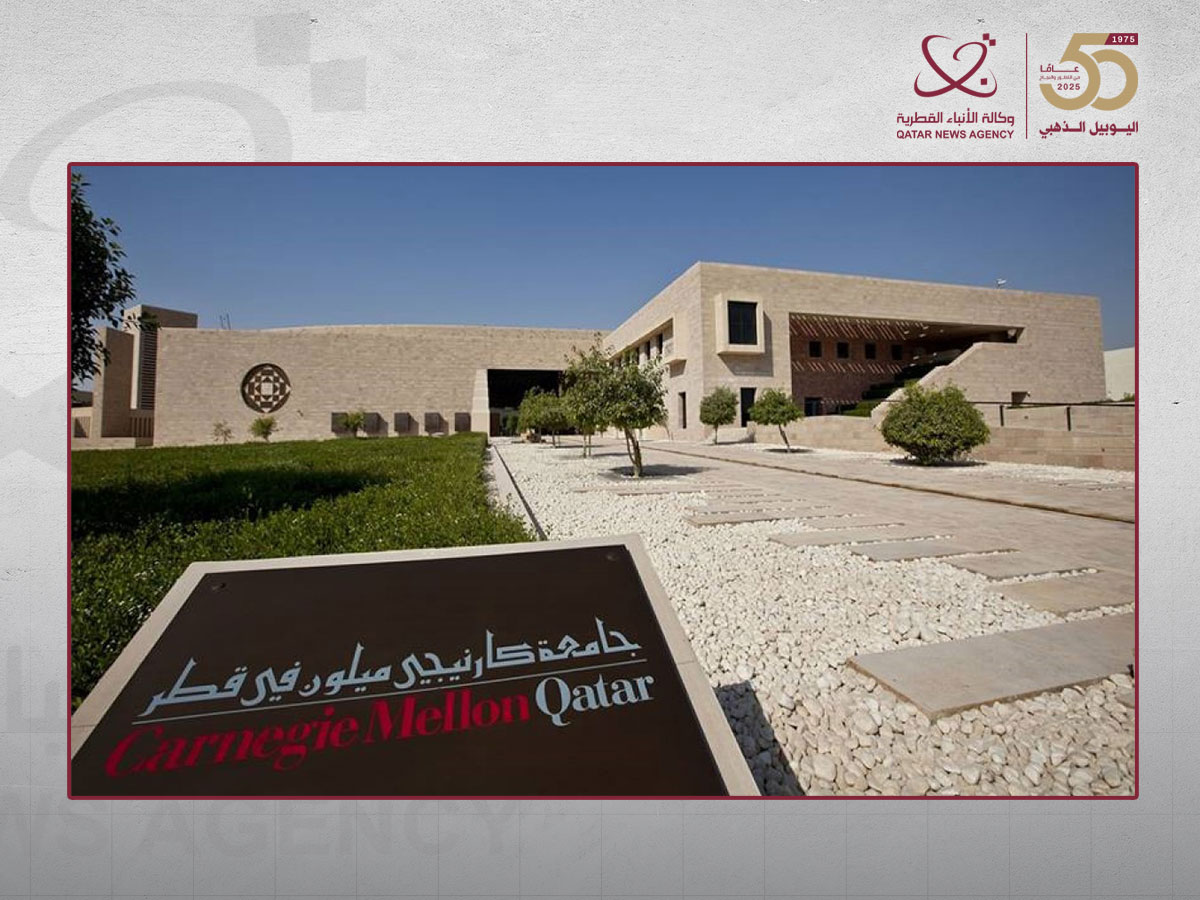Copyright scmp

President Donald Trump’s declaration that he was allowing South Korea to build nuclear-powered submarines is being met with caution and scepticism. Analysts say the US leader’s announcement, while politically dramatic, leaves unresolved questions about feasibility, cost and the potential for nuclear proliferation. “I have given them approval to build a Nuclear Powered Submarine, rather than the old fashioned, and far less nimble, diesel powered Submarines that they have now,” Trump wrote on his Truth Social platform on Thursday. “South Korea will be building its Nuclear Powered Submarine in the Philadelphia Shipyards, right here in the good ol’ USA. Shipbuilding in our Country will soon be making a BIG COMEBACK. Stay tuned!!!” Hanwha Group, which acquired the Philly Shipyard last year for US$100 million, has announced a US$5 billion infrastructure plan as part of South Korea’s commitment to supporting the growth of the US shipbuilding industry through a US$150 billion investment fund. Defence Minister Ahn Kyu-baek, however, expressed a reserved stance regarding Trump’s remarks that Seoul’s nuclear-powered submarines would be built in the US. “I believe further discussions between South Korea and the United States are absolutely necessary on this matter,” Ahn told the National Assembly on Thursday. In response to a question from a lawmaker whether the plan was for South Korea to produce the nuclear-powered submarines and small reactors domestically while receiving enriched uranium fuel from the US, he replied: “That’s correct.” Trump posted the messages following a summit with President Lee Jae-myung on Wednesday. Lee had called for Trump to approve the acquisition of enriched uranium to fuel the nuclear-powered submarines that Seoul wanted to build. South Korea has long sought US approval to acquire the nuclear fuel needed for operating such submarines, citing growing difficulties in tracking North Korean and Chinese submarines. South Korean investment needed “What’s the catch? The Philadelphia Shipyard has neither facilities nor manpower to build military submarines,” Moon Keun-sik, a political-science professor at Hanyang University, told This Week in Asia. This shipyard was designed to build commercial ships, not military vessels, the former navy submarine captain said. “It requires huge investments and a lot of human resources to get it ready for building nuclear-powered submarines.” South Korea, which boasts cutting-edge shipbuilding technology – including the construction of advanced conventional submarines – already possesses the technology and manpower to develop its own nuclear-powered vessels. Yet its long-held ambition has faced a stern US refusal to supply enriched uranium needed to fuel reactors over concerns about nuclear proliferation. The White House said on Thursday that Trump had secured South Korean investments to modernise and expand the capacity of American shipbuilding industries. These included Hanwha Ocean’s US$5 billion infrastructure plan, which would strengthen Pennsylvania’s Philly Shipyard workforce and increase its current production capacity by more than tenfold, it said in a fact sheet. First though, South Korea needs to amend a 1974 bilateral nuclear cooperation agreement that governs the supply and use of nuclear fuel between the two nations, according to Doo Jin-ho, a senior researcher at the Korea Research Institute for National Strategy. The current accord restricts the use of nuclear materials for military purposes, but Seoul argues that nuclear-powered submarines do not fall under that category. “The amendment of the nuclear cooperation agreement is about retrieving South Korea’s sovereign rights in the use of nuclear power,” Doo said. Noting that South Korea could buy low-density enriched uranium from other countries, he wondered: “Why should we go to the United States to build nuclear-powered submarines there [when] we have the capacity to develop and build them in this country?” ‘Read between the lines’ The deal looked like it was supporting the United States’ ambition to expand its nuclear submarine fleets in the face of manpower and facility shortages, said Lee Il-woo, a naval affairs expert at the Korea Defence Network. “We should read between the lines. What President Trump means is that South Korea comes with money, invest it in the shipyard’s infrastructure to make it fit to build nuclear submarines,” he said. “But there is no guarantee that Washington will agree to supply the required nuclear fuel to Korea despite proliferation concerns and possible objections from Congress and global agencies.” South Korea was capable of developing small reactors for nuclear-powered submarines and their hulls, but it would take at least 10 years to build the vessels, Lee said. “It all boils down to whether South Korea can secure enriched uranium.” Daryl Kimball, executive director of the Washington-based Arms Control Association, said the issue of South Korea acquiring such submarines “raises all sorts of questions”. “As with the Aukus deal, [South Korea] is probably looking for nuclear propulsion services suitable for subs, including the fuel, from the US,” he said. As such, submarines used highly enriched uranium, building them would “require a very complex new regime of safeguards” by the International Atomic Energy Agency, which has a key role in implementing the Treaty on the Non-Proliferation of Nuclear Weapons. “It remains technically and militarily unnecessary for South Korea to acquire the technology to extract weapons-usable plutonium from spent fuel or to acquire uranium enrichment capabilities, which can also be used to produce nuclear weapons,” he said. “If the United States seeks to prevent the proliferation of nuclear weapons worldwide, the Trump administration should resist such overtures from allies as strongly as it works to deny adversary access to these dual-use technologies.” Most of South Korea’s conventional submarines are diesel-powered, giving them a limited maximum operational period of 30 to 40 days. If the South were to build and deploy nuclear-powered submarines, their operational period could extend up to about 100 days, dramatically improving the country’s blue-water operational capability, Doo said. North Korea was building large submarines – potentially nuclear-powered ones using Russian technology – while advancing its nuclear missile capabilities, he noted. “It is essential that we establish a proportional deterrent against the North and prepare for various regional threats. In that sense, pursuing nuclear-powered submarines would mark a significant leap forward in South Korea’s maritime capability,” he said. It was inevitable that South Korea would make more demands for US cooperation on nuclear issues, given recent allegations that North Korea was making progress towards building nuclear-powered submarines using Russian technical cooperation, said Jenny Town, who heads 38 North, a Korea-focused research group in Washington. Additional reporting by Reuters



